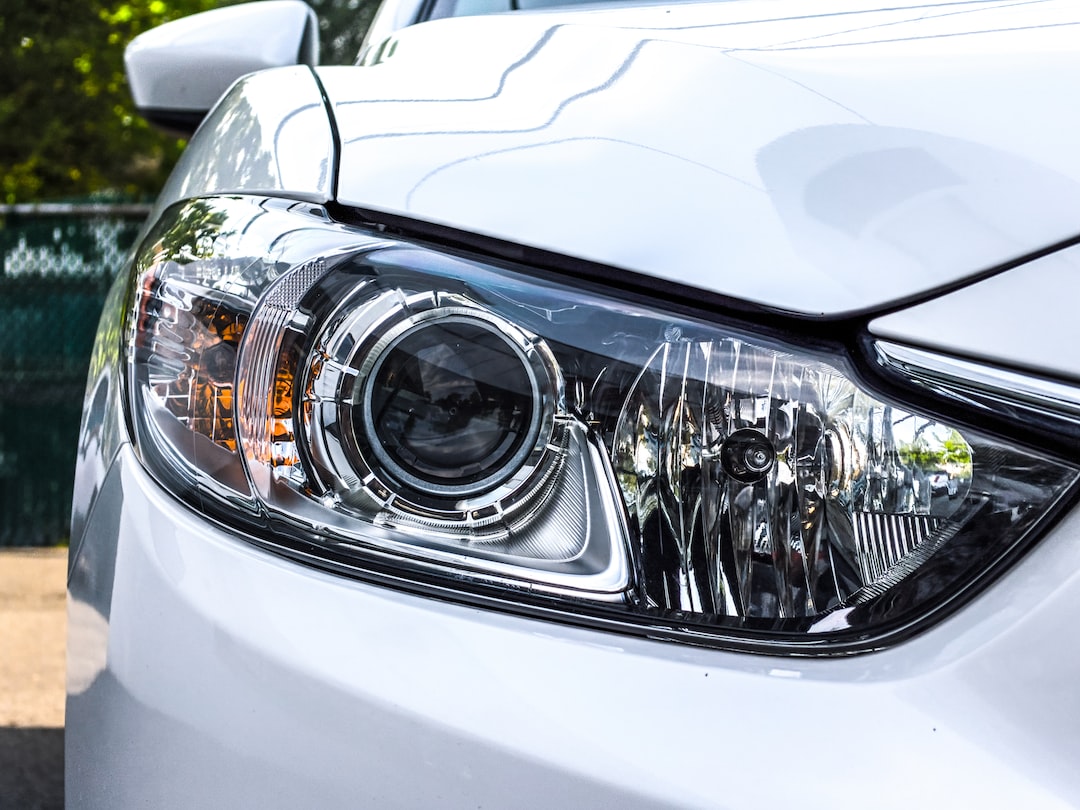The automotive industry has made significant strides in car design and innovation over the years. From the first steam-powered car to the latest electric vehicles, advancements in technology, and design have transformed the way cars look and function. The future of car design is no longer limited to just how fast cars can go or how many passengers they can carry. The future of car design is about sustainability, efficiency, and experience.
One of the most significant changes in the future of car design will be the shift towards sustainability. With more and more countries setting ambitious climate change goals, car manufacturers are under increasing pressure to develop vehicles with low or zero carbon emissions. To meet these targets, automakers are investing in electric cars, fuel cell technology, and renewable fuels. Electric cars, for instance, are becoming increasingly popular and more affordable. With more charging stations being installed globally, the demand for electric vehicles is expected to increase. As a result, car designers will focus on creating EVs that offer better driving ranges, faster charging times, and sleeker designs.
Another aspect of future car design that will see major changes is efficiency. Cars that consume less fuel, have a longer range, and a lower carbon footprint are likely to replace gasoline vehicles in the future. Hybrid cars, which combine electric and gasoline power, are also growing in popularity. Car designers will be tasked with creating more aerodynamic and lightweight cars, which enhance fuel efficiency, reduce emissions, and provide a comfortable and safe ride.
Finally, the future of car design will be about experience. As technology continues to advance, cars will be more connected and autonomous. With the rise of 5G networks, cars will be able to communicate with other vehicles, pedestrians, and infrastructure, such as traffic lights and road signs. This will lead to improved safety, less congestion, and enhanced driving experiences. Self-driving cars will enable passengers to read, work, or relax while being transported to their destination. This means that car designers will need to focus on creating comfortable and adaptable interiors that meet the needs of different passengers.
Furthermore, the automotive industry will see more collaborations between carmakers and technology companies. The future car design will be about creating smarter and more digitally connected cars. This means that smart features, such as voice recognition, augmented reality, and biometric sensors, will become commonplace. Car designers will need to work alongside software developers to create better user experiences and seamless integration between the car’s software and hardware components.
In conclusion, the future of car design will be influenced by the need for sustainability, efficiency, and experience. The rise of electric vehicles, fuel cell technology, and hybrid cars will require car designers to focus on creating cars that consume less fuel, has a lower carbon footprint, and offer greater driving ranges. The shift towards connected cars and autonomous vehicles will require designers to create safer, more comfortable, and more adaptable interiors. The automotive industry is sure to face exciting times ahead as automakers constantly innovate and push forward on the latest car designs.


